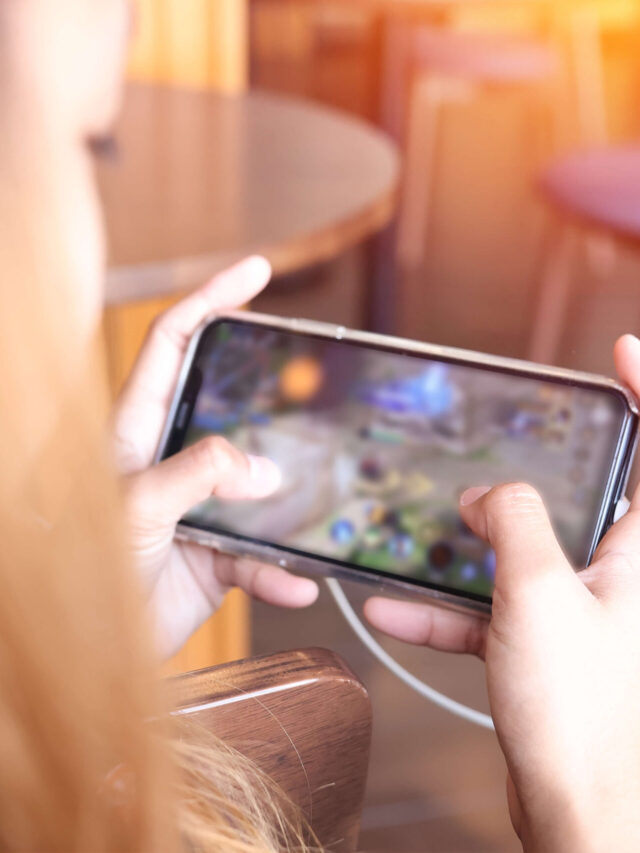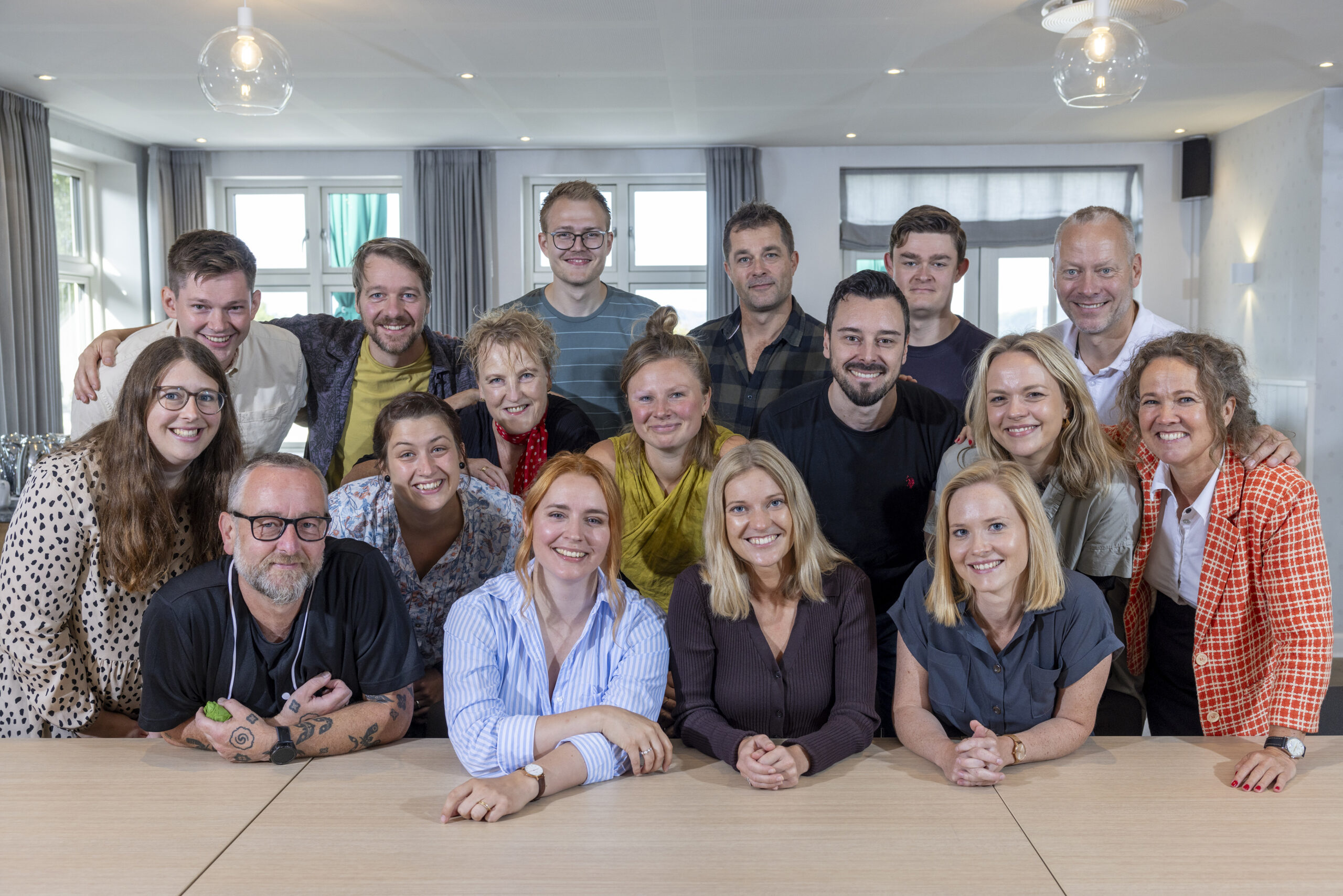Virtual self-harm
Self-harm in Denmark
According to the Danish National Organisation Against Eating Disorders and Self-harm, close to a third of the Danish population aged 18-30 have, at some point in their lives, intentionally harmed themselves. Also, 16% of Danish high school students, and 13,5% of senior students in elementary school, have demonstrated self-harming behaviour at least one time. Self-harm is deliberate actions in which someone inflicts harm or pain on themselves, not intending to take their own life. The most frequent forms of self-harm are cutting, eating-disorders, self-directed violence, and an excessive use of alcohol or other drugs.
A variety of reasons may result in someone’s self-harming behaviour, but often self-harm is executed in order to attenuate ‘hard-to-handle’ emotions such as anger, anxiety, and jealousy. If someone finds it difficult to feel themselves or their emotions, self-harm may be their way to provoke some sort of reaction.

What may we learn from virtual self-harm?
In his article “Virtual Self Harm – Where’s the Harm?” Ken Corish, Online Safety Manager with South West Grid for Learning and UK Safer Internet Centre, highlights a new aspect of self-harming behaviour, namely virtual self-harm, in which youth use digital channels to achieve and maintain a reaction. For example, setting up and using fake profiles on social media in order to communicate degrading content at themselves, or seeking out confrontations with others, intending to be demeaned by others.
According to Corish’ article, the internet has opened up a set of new factors that may influence how we prevent and look at digital self-harm, and self-harming behaviour in general. Ken Corish makes a distinction between the phenomena of: “Finding your tribe”, “Tool of the trade”, “Auto-trolling” and “Self-baiting”.
Virtual self-harm #1: “Finding your tribe”
The internet offers communities catering to almost all groups of interest, and this may indeed be a positive thing. Particularly to vulnerable young people, the internet is an obvious choice of place to meet others who understand their situation, a place where someone can share their story or ask questions, or become better at dealing with life’s challenges. In relation to self-harming behaviour, or some other problematic behaviour, communities online may however become a source of normalising those behaviours and recognising them as good practice. Ken Corish mentions that a quick Tumblr search on self-harm results in a big selection of images and messages (both positive and negative), which may lead the user into unmoderated threads of comments or debates that focus on self-harm. A lot of sites have good intentions, but indirectly they actually end up promoting self-harm as something that is considered “emo”, “dark” and “cool.” Ken Corish also points out that some young people have acquired the culture of self-harm and promoted it as a lifestyle – “I’m cool because I’m emotionally interesting.”
Virtual self-harm #2: “Tool of the trade”
Aside from the unofficial self-harm communities, there are sites that try to limit the harms of self-harming behaviour by teaching “safe abuse.” This is a phenomenon that is most often present when drug addicts receive clean needles so that they can take their drug whilst minimising related risks. Corish refers to the organisation Selfharm.co.uk that offers online counselling on minimising damages when e.g. cutting – what should you cut with, where should you cut, and what do you do if you go into a state of shock.
In relation to both “finding your tribe” and “tool of the trade”, Corish’ article points out that if visitors are digitally educated young people, who are capable to do their own research and challenge the content of visited pages, then the pages are not dangerous. However, this requires that youth harbour a certain amount of resilience and also know how to reflect on digital content in the first place. Ken Corish also underlines that websites should follow distinct guidelines as to how they show “good advice”, so that the proper information is passed on – not just to young people, but also to professionals.
Virtual self-harm #3: “Auto-trolling”
The concept of trolling refers to the issue of using interpersonal communication online in order to provoke other users, and elicit a hot-headed discussion or conflict. “Auto-trolling” is a further development of the concept of trolling, and takes place when someone creates various fake profiles on e.g. social media, and then visibly “attacks” their own personal profile. This demands an understanding of how the technology works, along with a dedication to maintain their desired activity in order to achieve a certain credibility.
In his article, Ken Corish refers to the case of a young British girl, Hannah Smith, who committed suicide after being exposed to abusive, digital bullying. Police investigations found out that other people had not been involved, and evidence showed that Hannah had “attacked” herself by using several fake profiles. The case caused British authorities to focus on the need for social media to take responsibility and moderate/stop digital bullying, and at the same time, it showcased the nuances of the phenomenon of digital bullying to also include virtual self-harm.
Virtual self-harm #4: “Self-baiting”
The phenomenon of “self-baiting” is very similar to “trolling” represented by someone wishing to stir a discussion or a conflict, however differing fundamentally from a troll, who seeks a reaction (whichever reaction) or attention, whereas a “self-baiter” seeks reactions that stems from “attacks” against their person. This way, a “self-baiter” seeks out places where he/she can get other people to state abusive, or even mean, things directed to the self-baiter.
Although not completely similar, the phenomenon of “roast me” is a form of “self-baiting” where someone posts a picture of themselves, and directly asks others to provide nasty/mean comments. As a vulnerable and insecure young person, it may present a means of having others confirm their self-afflicted thoughts and emotions, and perhaps lead them to maintain other self-harming behaviour.
Understanding, digital education, and increased internet safety
Ken Corish presents a set of initiatives that would be productive to keep in mind when working with vulnerable children and young people, particularly concerning self-harm, but still encompassing other issues.
Remember, digital life is part of young people’s lives
- When you make an effort to prevent self-harming behaviour, it is important to understand that technology may have an important role to play. Create a dialogue with young people about their use of online communities. “Stop using the internet” is not a rational intervention, when digital life and social media play a big part in young people’s lives.
Digitally educated youth
In order for young people to able to reflect on, and sort, digital content, it is necessary that they know how to take on an explorative approach. The School service with Centre for Digital Youth Care aims to foster an explorative approach by, among others:
- strengthening young people’s resilience online in order to increase their safety,
- promoting information on what “faceless” communication means to social understanding,
- teaching young people how to behave in a positive manner in online communities,
- teaching young people to mold their digital footprints to their advantage, and teaching them how to be critical of online content, and acquiring an explorative approach.
Ken Corish’ article encourages professionals, who work with vulnerable children and young people, to look at digital life as part of a whole, and understand that digital life is of great importance when making initiatives. Digital self-harm is a phenomenon which we will follow closely, both in our counselling at Cyberhus, and in our physical communication with students.
At Centre for Digital Youth Care, we continue our work to strengthen young people’s digital education, hoping to create a safer internet together. So, if you should carry stories or information on digital self-harming behaviour, we would greatly appreciate your input, so that we continually may increase our understanding of this phenomenon.
Read the entire article “Virtual Self Harm – Where’s the Harm?” by Ken Corish in ‘Every Child Journal’ (not yet published).
Find more information on digital self-harm by visiting Ken Corish’ website:
https://www.kencorish.info/waving-silently-technology-and-self-harm/
]]>




Hvis du vil sætte et par ord på din feedback, vil det hjælpe os rigtig meget til at forbedre vores indhold.